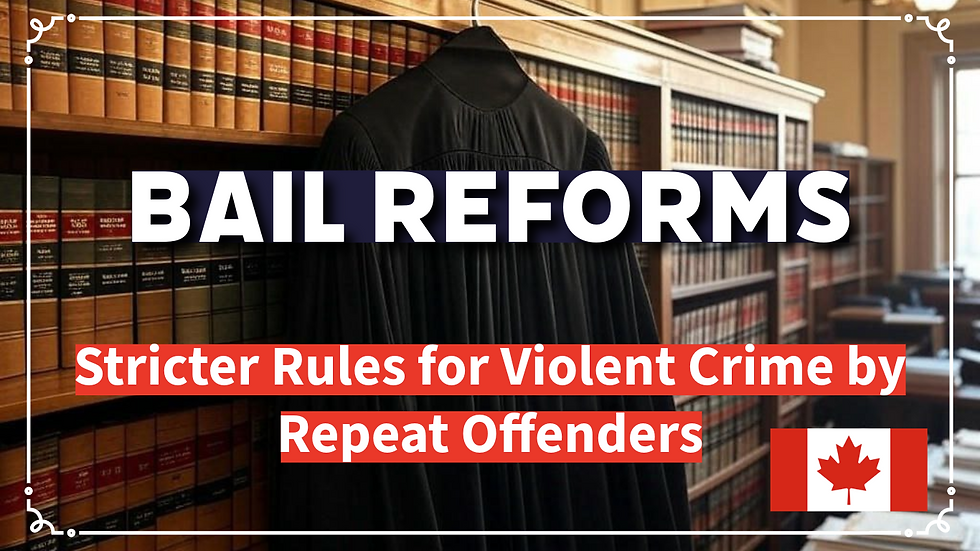Massachusetts Supreme Court: Engagement Rings Must Be Returned to Purchaser in Breakups
- M.R Mishra

- Nov 13, 2024
- 2 min read
The Massachusetts Supreme Judicial Court recently resolved a case involving an expensive engagement ring, setting a precedent for similar disputes in the state. Caroline Settino and Bruce Johnson, who had a whirlwind romance starting in 2016, became engaged after Johnson proposed with a $70,000 Tiffany & Co. ring.
Despite their lavish trips and gifts, the couple’s engagement didn’t last, and their breakup led to a protracted legal battle.
Johnson demanded the ring back, prompting the courts to consider a longstanding question:
Who keeps the engagement ring when a wedding is called off?
In Massachusetts, the ownership of an engagement ring after a breakup was traditionally determined by assigning blame to the party responsible for ending the relationship.
However, the high court’s recent ruling now mandates that engagement rings are considered conditional gifts—meant to be returned to the giver if the marriage does not occur. This decision reflects a shift toward a "no-fault" approach, aligning with the state’s handling of divorce cases.
The court concluded that it is often too complicated and unnecessary to pinpoint which party is at fault, noting that engagements serve as a trial period for couples to assess their commitment.
The case highlighted the challenges of judging relationships solely based on fault. Johnson claimed that Settino’s behavior, which allegedly included name-calling, criticism over his cell phone usage, and reluctance to attend his medical treatments, caused him to reconsider their engagement.
He also referenced his discovery of messages between Settino and a longtime male friend as another factor in his decision.
On the other hand, Settino expressed that her life “imploded” when the engagement ended, affecting her personal and professional life. She also countersued, seeking compensation for $43,000 in dental implants that Johnson had partially paid for and had promised to cover fully.
The legal journey spanned years and multiple court levels. Initially, a Superior Court judge ruled in Settino’s favor, allowing her to keep the engagement ring and one of two wedding bands while awarding her compensation for the dental procedure.
However, this decision was later overturned on appeal, leading Settino to request a final opinion from the state’s highest court. Ultimately, the Supreme Judicial Court emphasized the “conditional” nature of engagement rings, arguing that they should be returned to the purchaser if the marriage is canceled.
This view contrasts with the approach taken in Montana, where courts regard engagement rings as unconditional gifts, finalized upon acceptance.
Throughout the trial, both parties’ attorneys argued for legal clarity, with Settino’s lawyer advocating to end the idea of “conditional” rings altogether, reasoning that such gifts should signify a couple’s intent to stay together without contingencies.
Johnson’s lawyer, however, successfully argued that Massachusetts should adopt a no-fault approach, as it does in divorce cases, to simplify such disputes by avoiding a blame-based analysis.
This landmark ruling reflects the court’s desire to streamline the legal process for broken engagements. The judges argued that trying to assign fault is inherently complex, given the wide range of personal reasons that can lead to breakups. By defining engagement rings as conditional gifts tied to marriage, the court’s decision brings greater clarity to future cases, allowing couples who part ways to avoid lengthy and contentious litigation over engagement gifts.






Comments